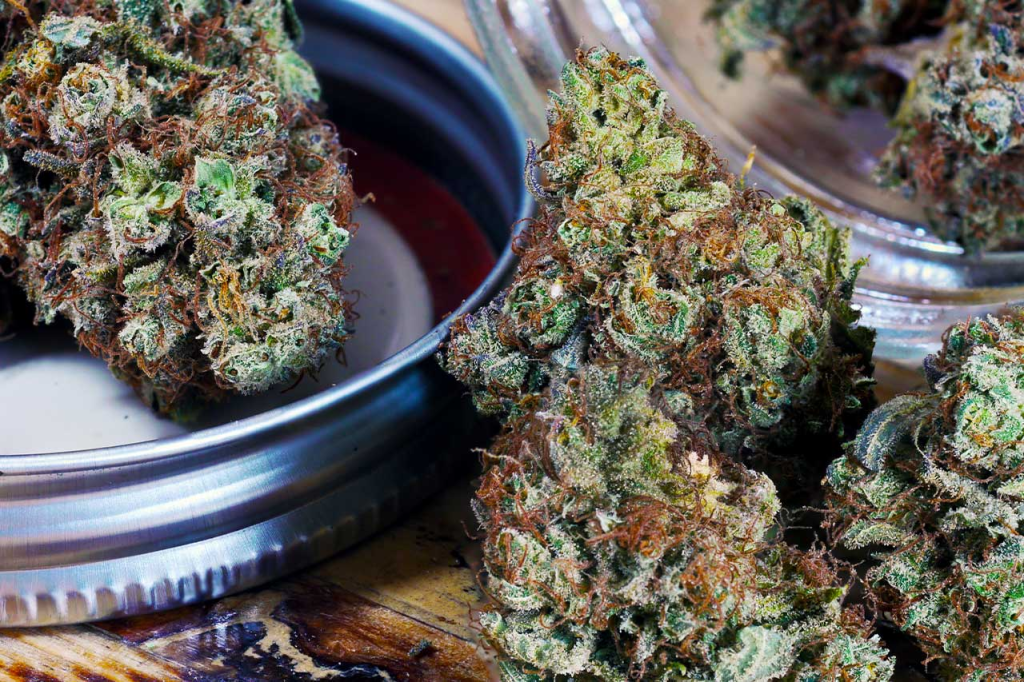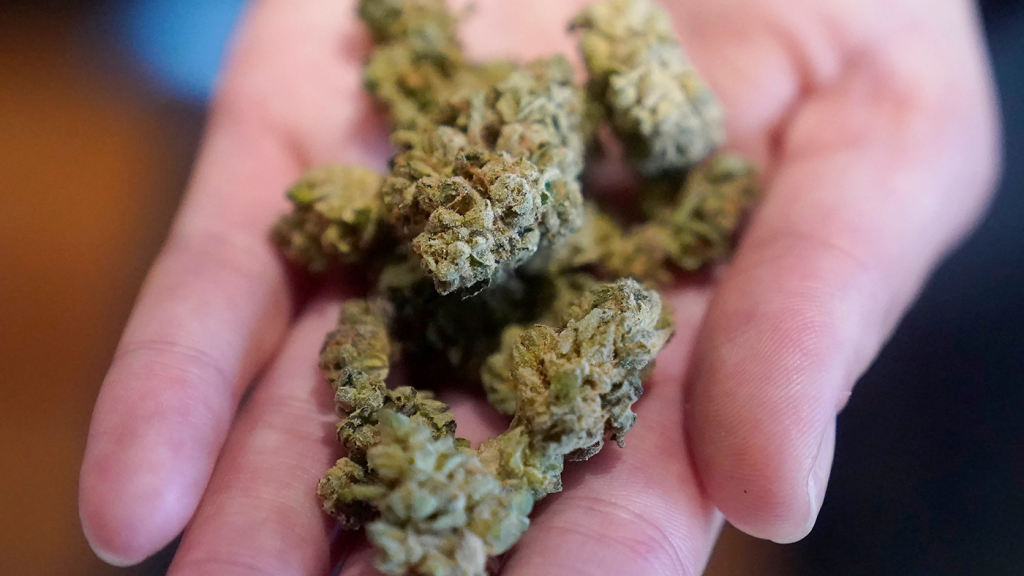The growth of cannabis plants can be divided into several stages, each with its own characteristics and requirements. Here are the typical stages of cannabis growth with https://gasdank.com/product-category/all-flower/:
Stages of Cannabis Growth
- Germination: This is the initial stage where the seed begins to sprout. It starts with the absorption of water, which triggers the germination process. The seed cracks open, and a small taproot emerges. At this stage, it is crucial to provide a warm and moist environment to encourage proper germination.
- Seedling Stage: During this stage, the plant develops its first set of leaves, known as cotyledons. The seedling begins to establish its root system and develops more leaves. Light is essential for the growth of healthy seedlings, so providing adequate light is crucial. Seedlings also require a humid environment and careful watering to avoid overwatering or drying out.
- Vegetative Stage: In this stage, the plant focuses on leaf and stem growth. It develops more leaves, and the roots grow deeper and spread wider. The vegetative stage is characterized by rapid growth, and the plant requires ample light, proper nutrients, and a favorable photoperiod (usually 18-24 hours of light per day). Pruning and training techniques can be applied during this stage to shape the plant’s structure.
- Pre-flowering Stage: During this transitional stage, the plant starts to show signs of sexual maturity. In the case of female plants, small white pistils (hairs) appear at the nodes where branches meet the stem. Male plants develop pollen sacs. The pre-flowering stage occurs when the plant receives a balanced light cycle of 12 hours of light and 12 hours of uninterrupted darkness, mimicking the natural autumn light cycle.
- Flowering Stage: This stage is crucial for cannabis growers as it is when the plant produces flowers or buds. Female plants develop resinous flowers containing cannabinoids, while male plants produce pollen. The flowering stage typically lasts 8-12 weeks, but it can vary depending on the strain and growing conditions. During this stage, the plants require a consistent 12 hours of uninterrupted darkness and 12 hours of light per day. Proper nutrient balance, humidity, and temperature control are important for healthy bud development.
- Harvest: This is the final stage when the mature flowers are ready for harvest. The trichomes (resin glands) on the flowers change color from clear to milky or amber, indicating the optimal time for harvest. The plants are usually cut down, and the flowers are dried and cured to enhance flavor, potency, and overall quality.

It’s important to note that the length of each stage can vary depending on the strain, growing conditions, and cultivation techniques employed. Additionally, some growers may use specific techniques to manipulate the growth stages to achieve desired results, such as adjusting light cycles or using plant training methods.


Leave a Reply